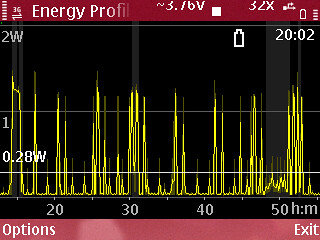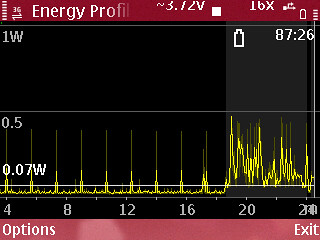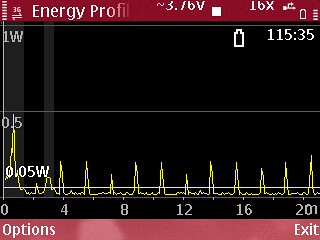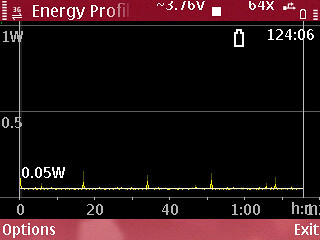Why smartphones are stupid?
The Achilles' heel of smartphone
We have moved quite far since Apple introduced the first iPhone on 29 June 2007. Our world has become different and we have access to knowledge and information faster. We feel smarter because we have devices that support our search when we are in doubts.Our total reliance on smartphone to remember the phone numbers, email address, taking notes, calendar schedules and information searches made our brain lazy. When our smartphone is dead, we are also brain dead and panicked.
What happen to the battery?
Let's review the generations of iPhone. We use a simple equation: Battery Index = Standby Time / Capacity of the battery. The higher the index, the better is the battery as it can last longer with the same amount of capacity.| iPhone | Capacity (mAh) | Standby (hrs) | Battery Index |
| 1G | 1400 | 250 | 0.18 |
| 3G | 1150 | 300 | 0.26 |
| 3GS | 1219 | 300 | 0.25 |
| 4 | 1420 | 300 | 0.21 |
| 4S | 1432 | 200 | 0.14 |
| 5 | 1440 | 225 | 0.16 |
| 5C | 1510 | 250 | 0.17 |
| 5S | 1560 | 250 | 0.16 |
| 6 | 1810 | 250 | 0.14 |
| 6S | 1715 | 240 | 0.14 |
| 6 Plus | 2915 | 384 | 0.13 |
| 6S Plus | 2750 | 384 | 0.14 |
| SE | 1642 | 240 | 0.15 |
From the chart above, we noticed that iPhone 3G has the best efficiency among all the iPhones while iPhone 6 Plus has the worst Battery Index.
Why don't Apple make bigger battery to ensure longer standby time? Well, newer iPhone are more power efficient with smaller CPU and better components. Bigger battery means more weight and thicker phones which are undesirable. To maintain its aesthetic, battery capacity is compromised to keep its weight and thickness down to its minimum.
For Android, manufacturers introduced Fast charge, Pump Express and other speed charging technology to compensate for the small battery capacity. They assume that you always have a stable power point for charging and force you to carry a charging cable and its charger.
The hidden culprits
Applications grow at an exponential rate with many different angles. For simple route navigation, we may install different applications and we keep all of them because each has their unique advantages. We install more applications into smartphone and it runs more applications than yesterday.If we chose not to install any applications, it defeats the purpose of getting a smartphone (You might as well buy a Nokia 105). Therefore, we install applications to make us smarter and by installing more applications, we are taxing the battery and further reducing its standby time.
Power banks and chargers become our daily must have accessories and we spent more money on top of the expensive smartphone. The vicious cycle repeats for a new iPhone with a different charging cable. Instead of charging the smartphone, you are now forced to charge the battery banks. We are cornered and act so foolishly with a small capacity battery.





